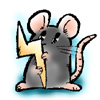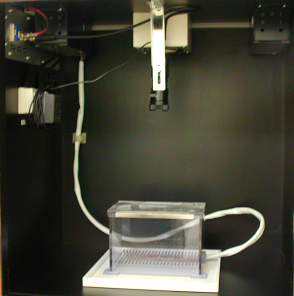| Japanese | |
| |
|
| Clinic inspection (pipeline02) | |

|
|
| |
|
Pipeline 2 (Behavioral test battery)

|

|
The contextual and cued fear conditioning test assesses the ability of mice
to learn and remember.
|
|
| TOP |
| Japanese | |
| |
|
| Clinic inspection (pipeline02) | |

|
|
| |
|
Pipeline 2 (Behavioral test battery)

|

|
The contextual and cued fear conditioning test assesses the ability of mice
to learn and remember.
|
|
| TOP |